Why is Oktoberfest in September

Get a $10 store credit for your first order
Why is Oktoberfest in September is a common question, despite it being one of the world’s most celebrated parties, many people are unaware of the past of this Bavarian celebration. By reading on, you’ll be able to wow your friends with your Oktoberfest trivia knowledge. Never again will you need to wonder why the Oktoberfest is in September or its origins.

When is Oktoberfest?
Many people wonder, “when is Oktoberfest really?” since they see celebrations happening before September. The Oktoberfest generally ends on the first Sunday or Monday of October and starts just over two weeks before that. Almost every Oktoberfest in modern times runs between 16 and 18 days. That was not always the case, however, as the first Oktoberfest occurred between October 12th and 17th. We will get into the reasons for this change a bit later. For 2022, the Oktoberfest in Munich will run between September 17th and October 3rd.
If you are looking to celebrate an Oktoberfest in the United States, there are many options. Some start as early as the beginning of September, with others running through the end of October. Regardless, there is plenty of fun to have. Hundreds of North American Oktoberfest celebrations occur every year. You can click here (link to the US Oktoberfest schedule page) to find a party close to your home and join in on the fun!

Oktoberfest History
The Oktoberfest origins are widely unknown even as the festivities continue to grow. The first Oktoberfest took place in 1810. It began to celebrate the union of Crown Prince Ludwig I and Princess Therese of Saxe-Hildburghausen. Occurring on October 12th, the marriage was accompanied by celebrations for all of Bavaria. These festivities went on in the fields in front of the city gates of Munich. They ended on October 18th with horse races.
After the festivities, the name of those fields changed to Theresiens Wiese, which was shortened to Theresienwiese. Translated to English, this name meant Therese’s meadow. It is still referred to like this today but more often as the shorter “Wies’n.” Due to its popularity, the party continued for years. The Bavarian Agricultural Association took over the planning of the Oktoberfest. They added an agricultural show to the festival in an effort for self-promotion. Even today, there is an agricultural show at the Oktoberfest every three years.
Modern entertainment that we would recognize began to join in 1818, almost a decade after the first Oktoberfest. That year the first carousel and two swings joined the festivities. They also had the first small stands serving beer and other refreshments on the Wies’n grounds. Still not a widespread event, the Oktoberfest was growing every year. Munich city officials realized the economic potential of this celebration and took it over moving forward.

Growing Popularity
The celebration continued to grow throughout the rest of the 19th century, with more attractions and refreshment booths added yearly. By 1896, large-scale tents and halls replace small-scale beer booths. These are more in line with the festivities widely recognized at the Oktoberfest today.
This growth continued into the 20th century. The most prominent new tradition of this century came from Munich’s mayor in 1950. That year, the mayor tapped the first keg of beer for the Oktoberfest, exclaiming, “O’zapft is!” This phrase means “it is tapped” and has become a rallying cry for the official start of festivities. Every Oktoberfest since, the Munich city mayor has started the party by crying this phrase and tapping a keg. Workers cannot officially sell beer on festival grounds until after this event.
As said above, the Oktoberfest begins in mid-September, unlike the first celebration, which occurred in mid-October. Many locals will state that the Oktoberfest always starts in September. Actually, officials decided to push the festival further into September and end it in early October. They most likely did this to provide better weather for partygoers rather than extending the party deeper into October.

Lederhosen at the Oktoberfest
If you want to feel part of today’s Oktoberfest and old parties, consider wearing Lederhosen. The tradition of wearing Lederhosen is even older than the Oktoberfest itself. Although its origins are muddy, the clothing dates back to at least the 18th century in Germany. They were initially utilized as work clothes due to their strength and durability. By 1880, though, Lederhosen had been re-invented as festive wear. When you decide to wear a pair of Lederhosen, you look sharp and tap into the history of Bavarian culture. You are also walking alongside millions who have donned the outfits before you.

Conclusion
Once you’ve decided to be a part of an Oktoberfest party, whether in Munich or closer to home, I suggest checking Bavarian Trachten. There you can find an excellent and affordable pair of Lederhosen that will fit you well, last for years, and make you the center of any Oktoberfest celebration.
Popular Posts
Products mentioned on this page:
Get a $10 store credit for your first order
Products mentioned on this page:


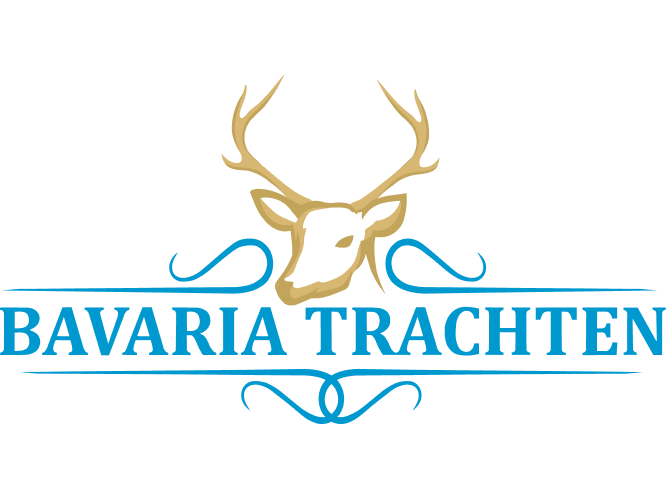


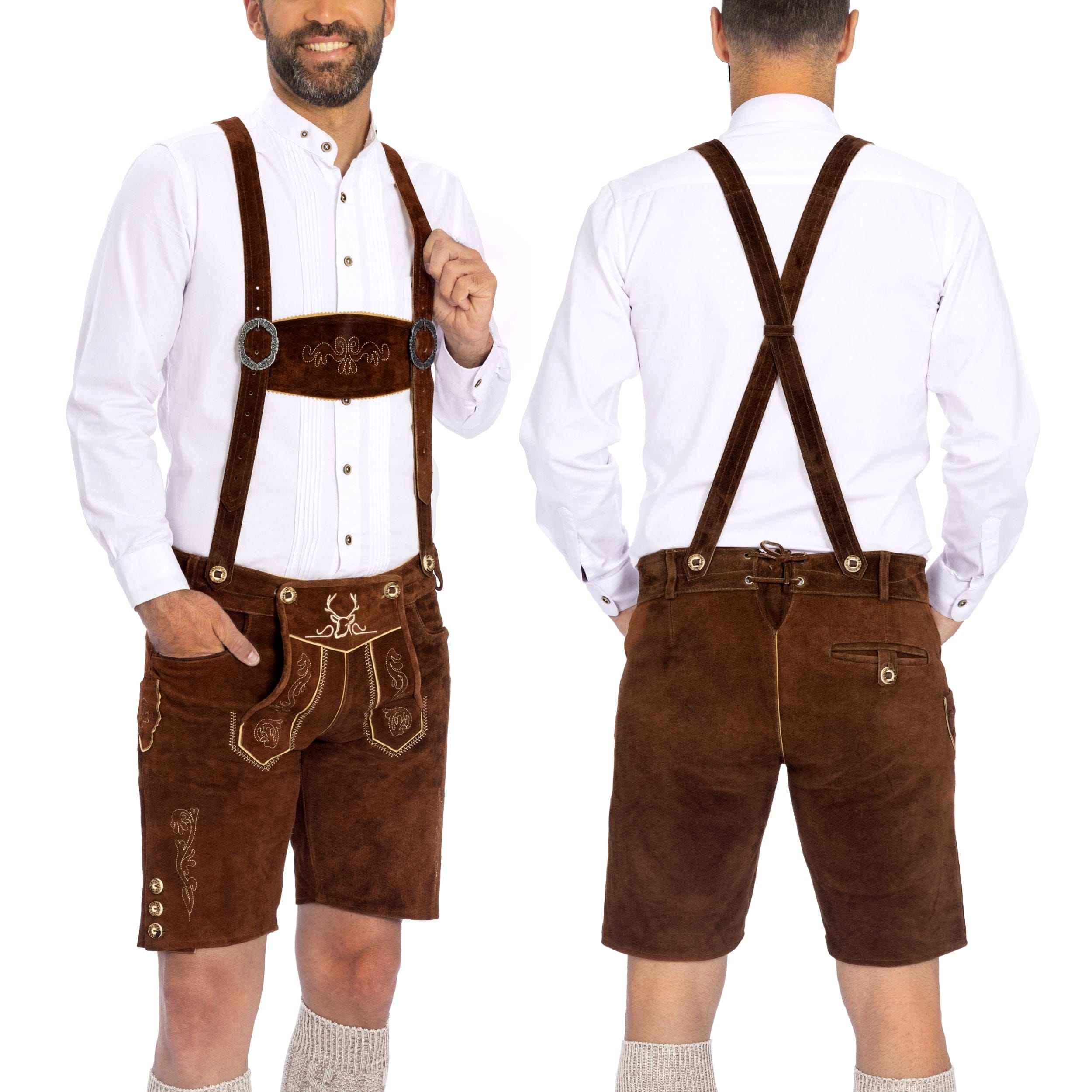

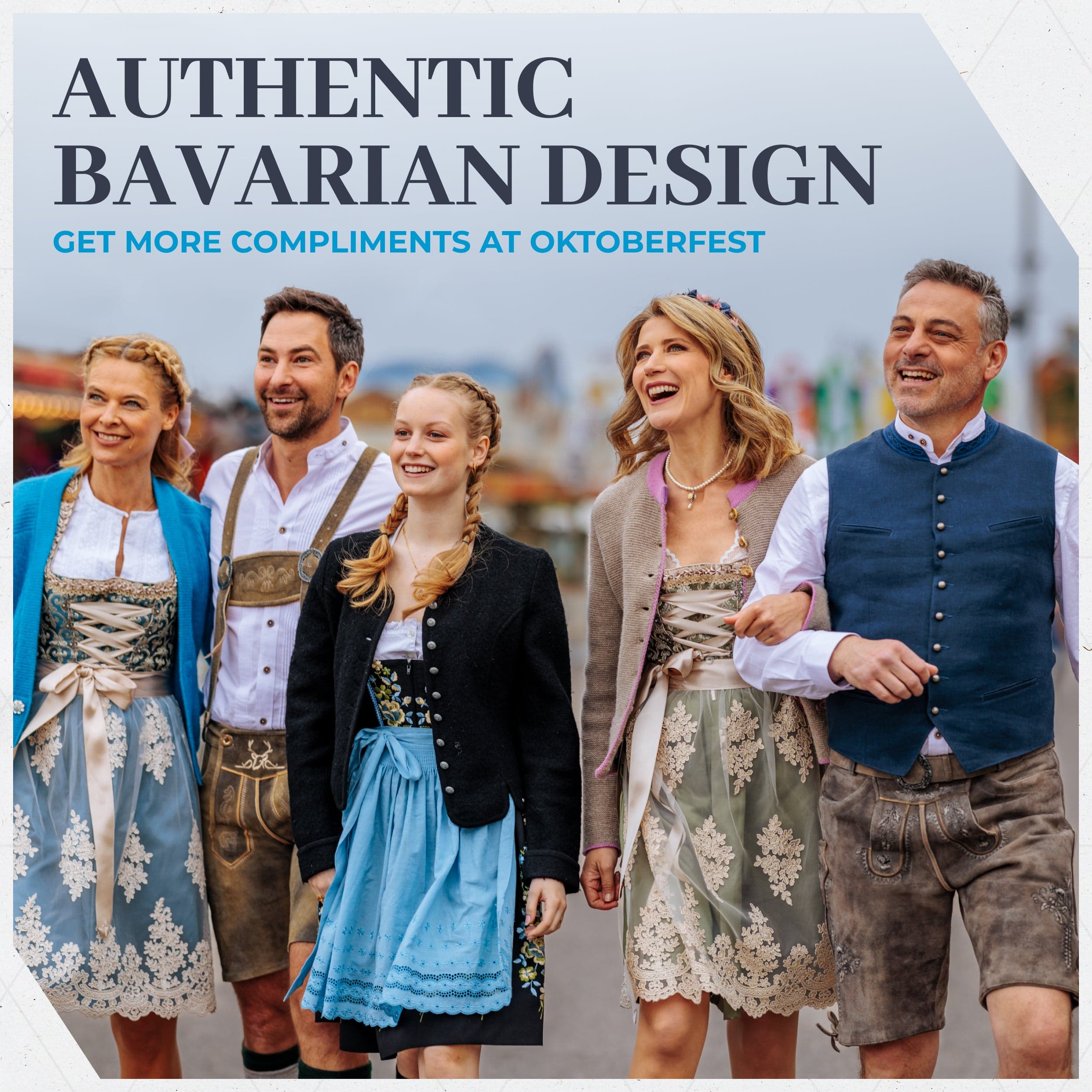



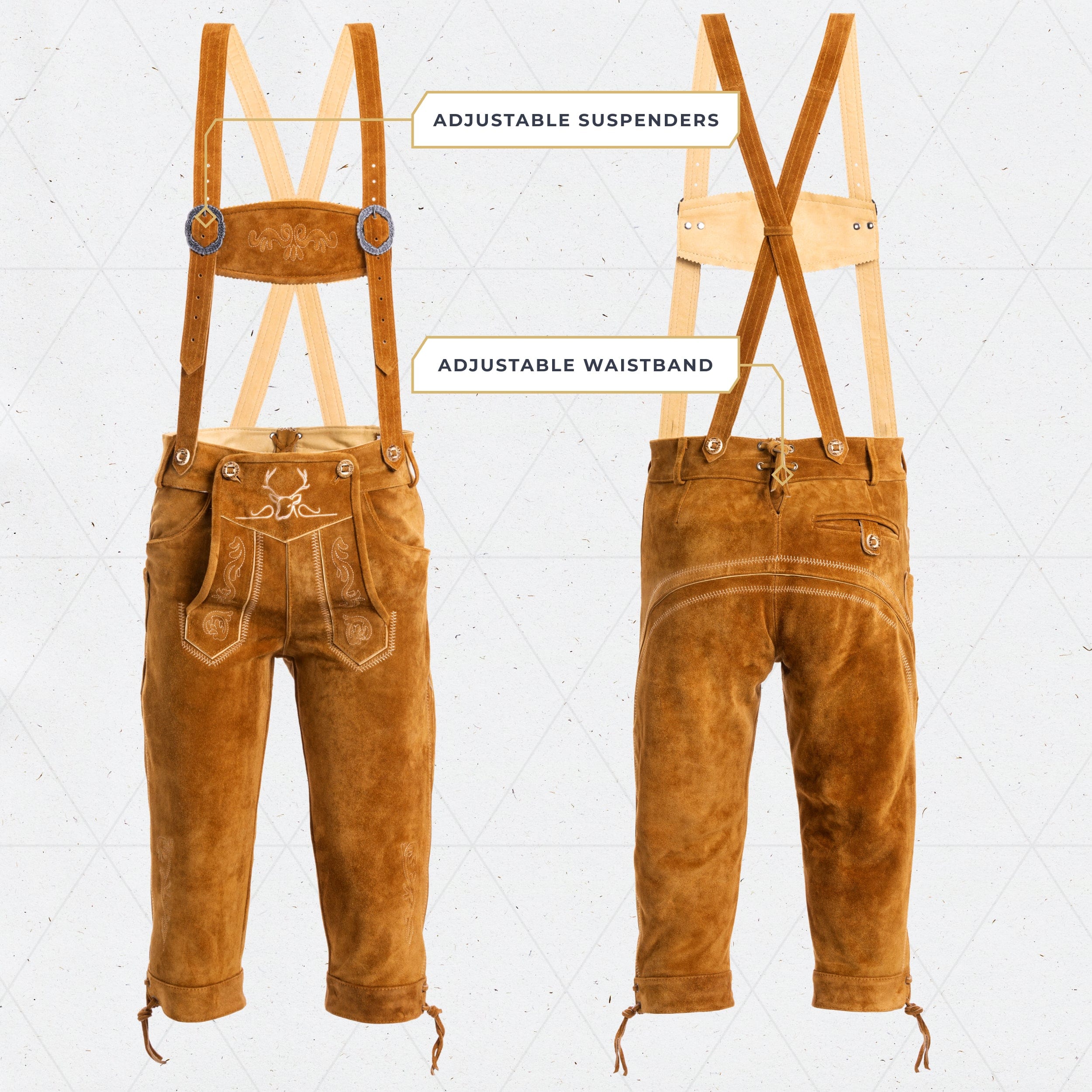


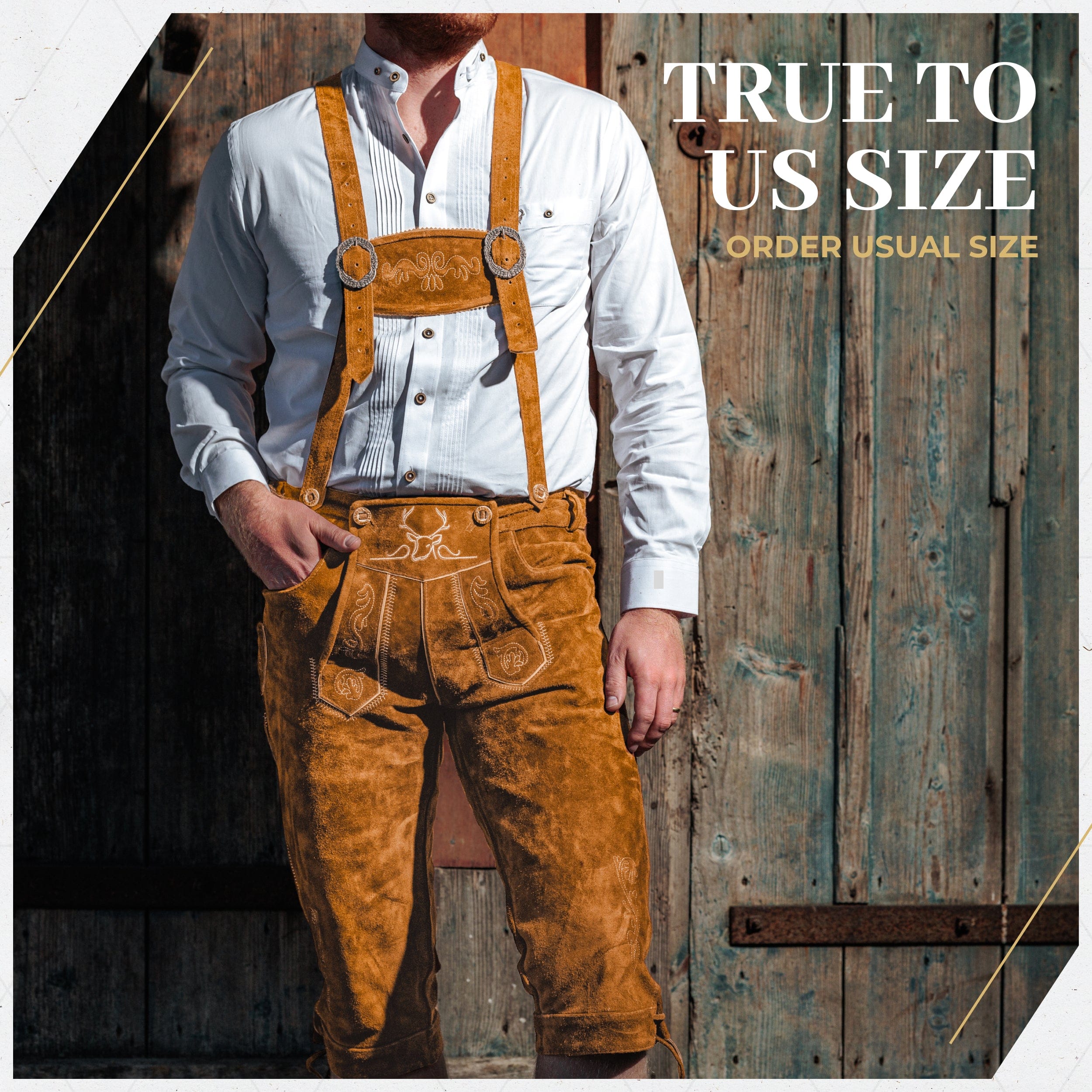



Leave a comment